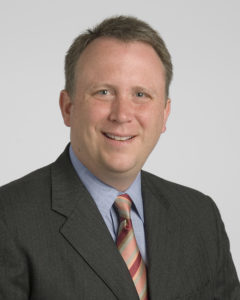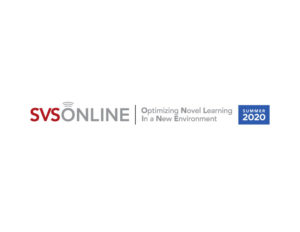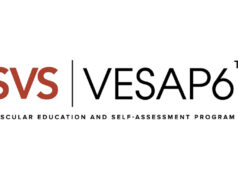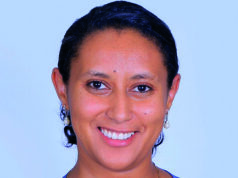
How do you turn a live event for thousands of participants and exhibitors into a trimmed-down, online experience? Carefully, and not easily.
“We got here because COVID-19 happened,” wryly observed Matthew Eagleton, MD, chair of the Society for Vascular Surgery (SVS) Program Committee, shortly after planners and staff completed most of the new schedule for the trimmed-down, online experience.
In fact, it will be an ONLINE experience—Optimizing Novel Learning in a New Environment, a platform which the SVS will use going forward for other virtual learning sessions.
“Almost a year of planning goes into the Vascular Annual Meeting [VAM],” he said. And now, instead of gathering in June in Toronto, members and participants will instead gather in front of their computers, tablets or phones to participate in a portion of the originally scheduled events.
The traditional VAM includes four days of programming, from postgraduate courses, to breakfast sessions, podium sessions outlining the latest research, other educational sessions, industry-sponsored presentations, an exhibit hall and much more.
 In contrast SVS ONLINE: “New Advances and Discoveries in Vascular Surgery,” will include 10 sessions, from two to four hours, on nine separate days. SVS ONLINE will open Saturday, June 20, and wind up on Thursday, July 2. Included will be both live events that include pre-recorded presentations and live discussions, and strictly on-demand programming.
In contrast SVS ONLINE: “New Advances and Discoveries in Vascular Surgery,” will include 10 sessions, from two to four hours, on nine separate days. SVS ONLINE will open Saturday, June 20, and wind up on Thursday, July 2. Included will be both live events that include pre-recorded presentations and live discussions, and strictly on-demand programming.
“This is not a replacement for VAM, but an alternative for VAM,” said Eagleton.
“It’s just been a flurry of activity,” he said of the past few months. “We considered everything: what can we possibly include, what do we want to present as representative of what VAM has to offer; the timing—when can people make it, will people make it?”
A whopping 97% of the abstract-based presentations will be part of SVS ONLINE. SVS’ longtime VAM partner, the Vascular and Endovascular Surgery Society (VESS), also will hold one of its abstract-based sessions online.
Selecting and optimizing the number of invited sessions was a huge effort, Eagleton said. Many programs had to be eliminated (or deferred until 2021), and those selected had to be trimmed. “In some cases, the Postgraduate Education Committee converted programs that were three hours long to one: 30 minutes of presentation and 30 minutes of discussion. The committee did a phenomenal job.”
A major effort went into preserving the science, he added. Many clinical topics remain relevant from year to year, but science has a much shorter shelf-life, he said. “It was extraordinarily important for our researchers to be recognized, to get a chance to present and for them to get academic credit for the work they’ve done.”
Determining timing was also a challenge, with organizers worried that stretching the meeting out over six or seven weeks would result in losing the audience. Presenting meetings online went from something no one was doing to an “extraordinarily crowded space. So we shortened the time frame.” Other considerations were days of the week and times of day. “It will be interesting from an operational point of view to see how it goes,” he said of the schedule, which includes weekdays, Saturdays, mid-day time frames and evenings.
Online is probably the way of the future, Eagleton added. “It will certainly revolutionize how we treat meetings going forward,” he said. “I don’t think the traditional meeting will ever happen in the same way. Perhaps going forward, we will do a mix of live and online.”












